How much is Yega Chefee Coffee per cup _ Cochel g1g2 difference _ Yega Sheffield boutique hanging ear coffee
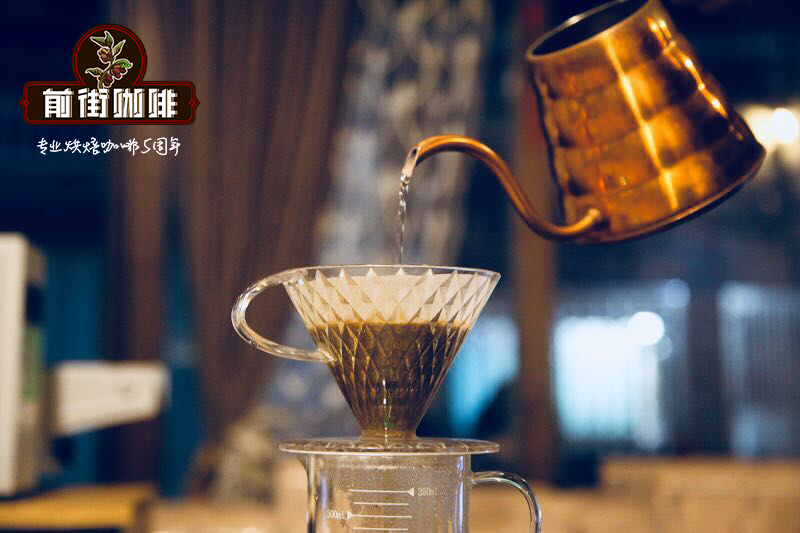
Professional coffee knowledge exchange more coffee bean information please follow the coffee workshop (Wechat official account cafe_style)
Cochell coffee producing area is very high above sea level, almost 2000 meters above sea level, and the coffee produced is intoxicating with the aroma of flowers and berries.
Now add the strict screening of raw beans to make the flavor cleaner, and it is not surprising to taste the flavor of tea, pepper and dark chocolate.
Yega Zero defect is a classic coffee that all coffee paranoia must try.
The Cochel Coffee producing area (Kochere) is a small production area located about 25 kilometers southeast of Yegashev. The coffee beans are harvested from local small coffee farmers and are composed of a large number of small coffee farmers with an average farming area of about 1 hectare at an altitude of about 1800-2000 meters. Coffee varieties are mainly a mixture of Typica and Heirloom (local native species).
Yegashev is similar to the neighboring Sidamo in terms of culture and geography, but Yegashev seems to be more blessed to enjoy the advantageous conditions, top-quality Yegashev coffee, with floral aroma, bright citrus acid, lemon flavor and silky taste, always catch the eyes of lovers, under the growth tide of boutique coffee industry. Coffee production in this area has always been the focus of international buyers.
Kochere is located in southwestern Ethiopia, 25 miles to the north is the famous town of Yegashev, the production model is based on local small farmers to send output batches to cooperatives for unified processing.
The local Chalalacktu village has about 100000 people who depend on coffee for a living, and related production activities have become their main source of income. Due to the benefits brought by coffee production, the local living standard is much better than that in many Ethiopian villages, with sound health facilities, colleges and universities, and so on.
Yekashev originally focused on washed coffee, but after the rise and refinement of sun-treated coffee, the sweet berries of sun-treated Yega snow coffee were warmly welcomed by the market, with a substantial increase in demand and a lot of increase in production.
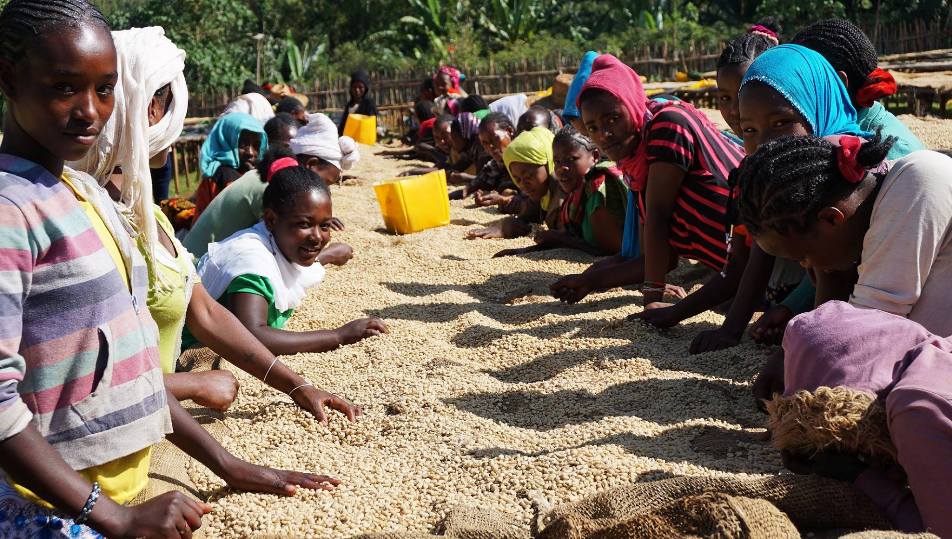
During the treatment of the scaffolding in the sun, through ventilation and moderate turning of the fruit, the drying process is more uniform, avoiding excessive fermentation or decay, so that the coffee beans can fully absorb the sweetness of the coffee cherry fruit and increase the flavor of the fruit. increase the mellow texture like syrup.
There are mainly eight major producing areas in Ethiopia: Ekempti, Limu, Illubabor, Djimma, Harrar, Teppi/Bebeka, Sidamo and Yirgacheffe. Yirgacheffe is located in the Gedeo region of southern Ethiopia. The jurisdiction of this area is well known as Yegashefi and Kochere. As the coffee produced by Yirgacheffe has a unique flavor and is widely loved, it has its own style in product classification and has always occupied a place in the global boutique coffee market. Yirgacheffe, in the province of Sidama, is itself a small town, with three small producing areas of Wenago, Kochere and Gelena Abaya nearby. Because the flavor of coffee produced is almost the same as that of Yega Sheffield, Kochere is also classified as Yega Sheffield.
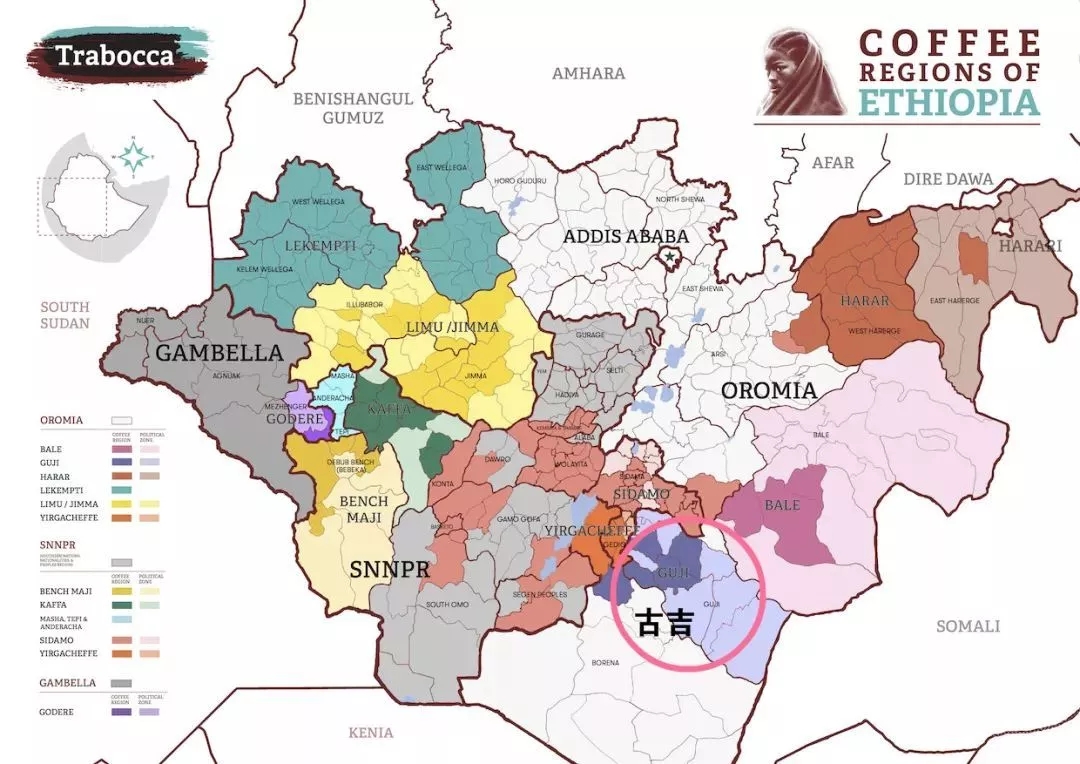
Ethiopia implemented a new trading and grading system in November 2009. in addition to Yega Xuefei, three new by-product areas such as Wenago, Kochere and Genlena Abaya have been added, which shows that the flavor of these three areas is very detailed and can be subdivided. Kochere is a small production area about 25 kilometers southeast of Yejashafi. The coffee beans are harvested from local small coffee farmers, which are composed of a large number of small coffee farmers. The average cultivation area of these small coffee farmers is about 1 hectare at an altitude of about 1800-2000 meters. Coffee varieties are mainly a mixture of Typica and Heirloom (local native species). It is a rich coffee-producing area, and it is also one of the three famous and micro-producing areas of Yega Xuefei, with about 100,000 local residents, and coffee beans are the main source of income. Due to the relatively advanced raw bean water treatment equipment in this producing area, there has always been a high level of performance in the field of washing treatment. Coffee beans are praised for their clean sweetness with complex flavors of honey and citrus. In the main local production mode, small coffee farmers will harvest red fruits and send them directly to the washing treatment plant of the neighboring cooperative for unified treatment.
Water washing technology was introduced into Ethiopia in the 1970s. At present, water washing is the main treatment of raw beans in Kochere. After screening the graded red cherry color coffee fruit in the washing plant, the peel is directly removed and fermented. After washing, the raw beans with shells are placed on the scaffolding for natural exposure and the humidity reaches 12% or less. They will be sent directly to the Ethiopian Mercantile Exchange (ECX) warehouse in Awassa. Cup test grading and quantity are carried out, usually washed beans are stored in the form of shell beans, shelling work will not be carried out until the export. The well-known coffee review Coffee Review gave Kocher a high rating of 94 points for washed beans.
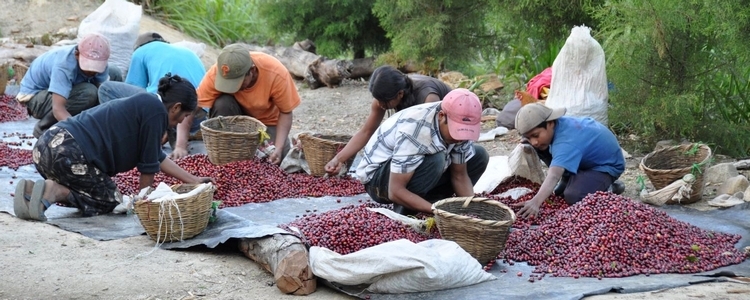
Since the implementation of the ECX system in 2008, most of the raw coffee beans have been sold through competitive bidding. This batch of raw beans is from the Kore processing plant in Kochere. The treatment plant is located in the Yejashafi producing area, in Kore, a small village between Fishegenet and Chelelektu. It is a water treatment plant composed of about 700 families of small coffee farmers, and the raw beans are mainly harvested by nearby coffee farmers. Coffee fruit is a native species (Heirloom) planted at an altitude of about 1800-2000m.
The highest grade of G1, rated by ECX, is excellent in appearance, consistency and freshness of raw beans to dry aroma and flavor. The aroma is rich in aroma, with the characteristics of Yega Chuefei, with elegant and charming flower-like fragrance, with bright sweet and sour aromas of citrus, lemon, berry and honey. Aromas of jasmine and lemon, bergamot, sweet honey, grapefruit tone, delicate acidity and bright taste. Jasmine, orange, grape, vanilla, honey and flower aromas, clean and balanced on the palate, with a long, lively and varied finish.
Analysis of hand-brewing of Yejia Fischer Coffee
First cooking: V60 filter cup, 15g powder, water temperature 90 degrees, grinding 4, ratio of water to powder close to 1:16
35 grams of water steaming, steaming time is 35s
Segment: water injection to 110ml cut off, slow water injection to 230ml
Palate: a little light
The first method to correct the weak taste of hand-brewed coffee:
Other practices remain the same, as long as you adjust your grinding degree to increase the number of particles that absorb water and keep the hot water longer, the concentration of coffee liquid will naturally increase.
Other methods remain the same, try to increase your coffee powder (with the same grinding degree as before) by 3 to 5 grams, which can increase the thickness of the powder layer, enhance its water absorption, and the concentration can also be increased.
Second cooking (modified): V60 filter cup, 15g powder, water temperature 88.9 degrees, grinding 3.5
The ratio of water to powder is close to 1:15
35 grams of water is steamed for 32 seconds.
Segment: water injection to 110ml cut off, slow water injection to 228ml
Palate: smooth, much thicker flavor
Yejia Fischer Coffee Bean Brand recommendation
The water-washed Yega Fischer coffee beans roasted in front of the street are fully guaranteed in terms of brand and quality. And more importantly, the performance-to-price ratio is extremely high, a pack of half a pound 227 grams, the price is only about 75 yuan. According to the calculation of 15 powders per cup of coffee, 15 cups of coffee can be made in a bag, which costs only about 5 yuan per cup, which is very cost-effective for coffee shops to sell dozens of yuan a cup.
What's the difference between G1 and G2 coffee? Qianjie coffee is compared, and it is found that from both raw and cooked beans, it is obvious that the size of [G1] beans is relatively symmetrical, while [G2] beans can clearly see uneven and defective beans; in the process of baking, you can obviously smell the aroma of [G1], while [G2] will be slightly inferior.
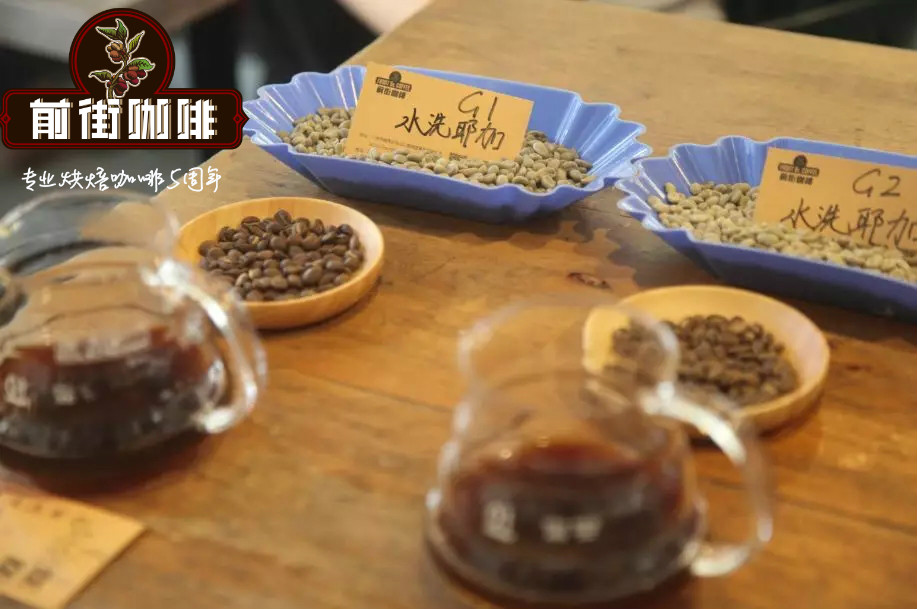
In terms of flavor, in fact, [G1] [G2] is relatively close, mainly lemon, citrus, jasmine and other flavors, but by contrast, the flavor level of [G1] is rich and clear, while the flavor level of [G2] is less and less clear, with some miscellaneous smell.
Qianjie coffee: Guangzhou bakery, the store is small but a variety of beans, you can find a variety of unknown beans, but also provide online store services. Https://shop104210103.taobao.com
Important Notice :
前街咖啡 FrontStreet Coffee has moved to new addredd:
FrontStreet Coffee Address: 315,Donghua East Road,GuangZhou
Tel:020 38364473
- Prev
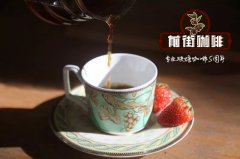
Flavor characteristics of Cochel Coffee _ Yega Fisher Cochel Shepherd is it good? Kochel Coffee Price
For more information on coffee beans, please follow the coffee workshop (Wechat official account cafe_style) about the Cochelle coffee producing area in Ethiopia. Kochere Cochelle is the village or kebele where this coffee is grown and processed in Yirgacheffe Cochell district or county. Cochell is about 25 kilometers from the center of Yirgacheffe town. Coffee is in November and 1.
- Next
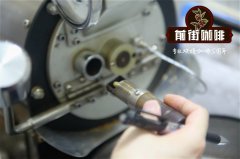
How to bake Yega Fischer Kochere Coffee _ how much is the Shepherd?
Professional coffee knowledge exchange more coffee bean information please follow the coffee workshop (Wechat official account cafe_style) Kochere Coffee Cochel Coffee beans is located in Gedeo, belongs to Yega Xuefei. Cochell is bordered by Gedeb to the east, Oromia to the southwest and Yegashefi to the north. Cochell's town has Fishagenet and snow maps.
Related
- Does Rose Summer choose Blue, Green or Red? Detailed explanation of Rose Summer Coffee plots and Classification in Panamanian Jade Manor
- What is the difference between the origin, producing area, processing plant, cooperative and manor of coffee beans?
- How fine does the espresso powder fit? how to grind the espresso?
- Sca coffee roasting degree color card coffee roasting degree 8 roasting color values what do you mean?
- The practice of lattes: how to make lattes at home
- Introduction to Indonesian Fine Coffee beans-- Java Coffee producing area of Indonesian Arabica Coffee
- How much will the flavor of light and medium roasted rose summer be expressed? What baking level is rose summer suitable for?
- Introduction to the characteristics of washing, sun-drying or wet-planing coffee commonly used in Mantenin, Indonesia
- Price characteristics of Arabica Coffee Bean Starbucks introduction to Manning Coffee Bean Taste producing area Variety Manor
- What is the authentic Yega flavor? What are the flavor characteristics of the really excellent Yejasuffi coffee beans?

